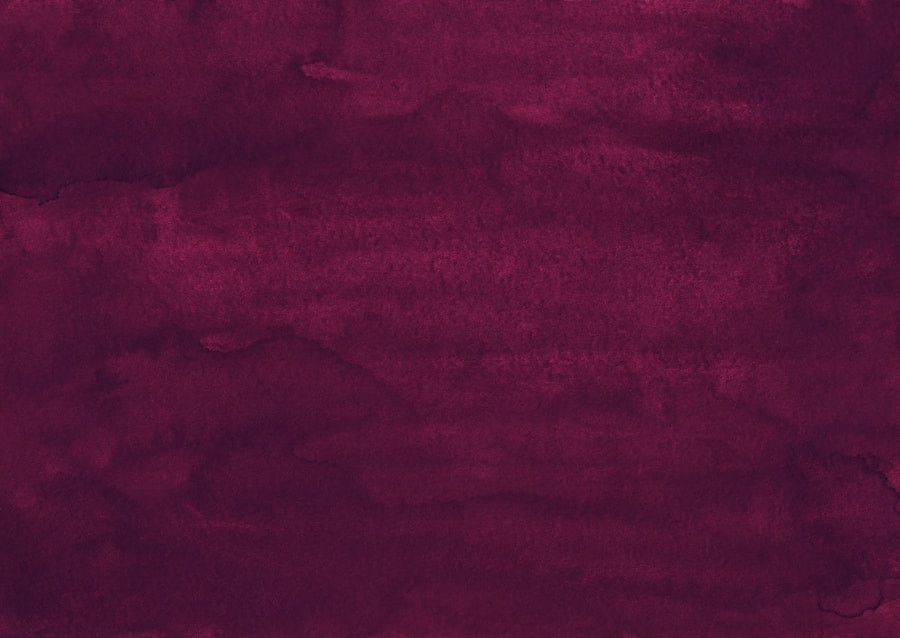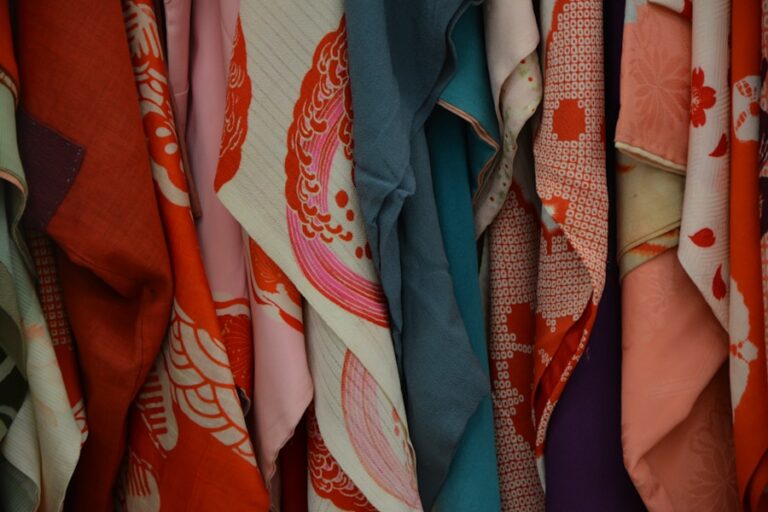10 Tips for Creating Stunning Digital Art Illustrations
Composition and perspective are two fundamental elements in creating visually appealing artwork. Composition refers to the arrangement of elements within a piece of art, while perspective deals with creating the illusion of depth and space. When it comes to composition, it’s important to consider the rule of thirds, leading lines, and balance. The rule of thirds involves dividing the canvas into nine equal parts and placing the focal point of the artwork at the intersection of these lines. Leading lines are used to guide the viewer’s eye through the artwork, creating a sense of movement and flow. Balance is achieved by distributing visual weight evenly throughout the composition.
In terms of perspective, artists must understand how to create the illusion of depth and space in their artwork. This can be achieved through the use of vanishing points, foreshortening, and overlapping objects. Vanishing points are used to create the illusion of depth in two-dimensional artwork, while foreshortening involves depicting objects at an angle to create a sense of depth. Overlapping objects can also create a sense of depth by showing which objects are in front of others. By understanding and applying these principles of composition and perspective, artists can create more dynamic and visually engaging artwork.
Choosing the Right Tools and Software
Choosing the right tools and software is crucial for digital artists looking to create high-quality artwork. When it comes to traditional art, artists must consider the type of paper, canvas, and brushes they use. For digital artists, the choice of software and hardware is equally important. There are a variety of digital art software options available, each with its own unique features and capabilities. Some popular choices include Adobe Photoshop, Procreate, and Clip Studio Paint. These programs offer a wide range of tools for drawing, painting, and editing artwork.
In addition to software, digital artists must also consider their hardware options. This includes choosing the right drawing tablet or pen display for their needs. Factors to consider when choosing a drawing tablet include pressure sensitivity, size, and compatibility with different software programs. By carefully considering their options and choosing the right tools and software for their needs, artists can ensure that they have everything they need to create stunning digital artwork.
Mastering Color Theory and Color Palettes
Color theory is an essential aspect of creating visually appealing artwork. Understanding how colors work together and how they can evoke different emotions is crucial for artists looking to create impactful pieces. The color wheel is a useful tool for understanding color relationships and creating harmonious color palettes. It consists of primary colors (red, blue, yellow), secondary colors (orange, green, purple), and tertiary colors (red-orange, yellow-green, etc.). Complementary colors are opposite each other on the color wheel and can create high contrast when used together.
In addition to understanding color theory, artists must also consider the use of color palettes in their artwork. A color palette refers to a set of colors that are used in a piece of art. Artists can create their own custom color palettes or use pre-made palettes for inspiration. Limited color palettes can create a cohesive and harmonious look, while using a wide range of colors can create a more vibrant and dynamic feel. By mastering color theory and experimenting with different color palettes, artists can create visually stunning artwork that resonates with viewers.
Utilizing Textures and Brush Techniques
Textures and brush techniques are important for adding depth and visual interest to artwork. Textures can be used to add tactile qualities to digital artwork, creating a sense of realism and depth. There are a variety of ways to add textures to digital artwork, including using textured brushes, overlays, and blending modes. Artists can also create their own custom textures or use pre-made texture packs for added convenience.
Brush techniques are also crucial for creating dynamic and expressive artwork. Different brush types can be used to achieve various effects, such as blending, shading, and detailing. Artists can experiment with different brush settings, such as opacity, flow, and pressure sensitivity, to achieve the desired results. By mastering textures and brush techniques, artists can elevate their artwork to new levels of visual appeal.
Incorporating Lighting and Shadows
Lighting and shadows play a crucial role in creating depth and dimension in artwork. Understanding how light interacts with objects and surfaces is essential for creating realistic lighting effects. Artists must consider factors such as light direction, intensity, and color temperature when incorporating lighting into their artwork. Shadows are equally important for creating depth and realism in artwork. They help define the form of objects and create a sense of space within the composition.
In addition to understanding lighting and shadows, artists must also consider how they can use these elements to evoke mood and atmosphere in their artwork. Different lighting setups can create different emotional responses from viewers, whether it’s a warm and inviting scene or a dark and moody atmosphere. By incorporating lighting and shadows effectively, artists can bring their artwork to life and create a more immersive experience for viewers.
Adding Depth and Detail to Your Artwork
Adding depth and detail to artwork is essential for creating visually engaging pieces. Depth can be achieved through the use of perspective, overlapping objects, atmospheric perspective, and scale. By carefully considering these elements, artists can create a sense of space and dimension within their compositions. Detail is also important for creating realistic and immersive artwork. Artists can use various techniques such as hatching, cross-hatching, stippling, and line work to add intricate details to their artwork.
In addition to adding depth and detail through traditional drawing techniques, digital artists can also utilize layering and blending modes to achieve similar effects. By carefully layering different elements of their artwork and using blending modes to create seamless transitions between colors and textures, artists can create stunningly detailed pieces that captivate viewers.
Experimenting with Different Styles and Techniques
Experimenting with different styles and techniques is important for artists looking to grow and evolve in their artistic practice. Trying out new styles can help artists discover new ways of expressing themselves and push the boundaries of their creativity. Whether it’s exploring different genres such as realism, abstract, or surrealism, or experimenting with different mediums such as watercolor, acrylic, or digital painting, artists can expand their artistic horizons by stepping out of their comfort zones.
In addition to exploring different styles, artists can also experiment with various techniques such as mixed media, collage, or digital manipulation. By combining different elements and approaches in their artwork, artists can create unique and innovative pieces that stand out from the crowd. By embracing experimentation and being open to new ideas, artists can continue to grow and develop their skills as creators.
In conclusion, mastering the art of digital painting requires a deep understanding of composition and perspective, choosing the right tools and software, mastering color theory and color palettes, utilizing textures and brush techniques, incorporating lighting and shadows, adding depth and detail to artwork, as well as experimenting with different styles and techniques. By carefully considering each of these elements and continuously honing their skills through practice and experimentation, artists can create visually stunning digital artwork that resonates with viewers on a deep level. Whether it’s through creating realistic landscapes or abstract compositions, digital painting offers endless possibilities for artistic expression and creativity.





